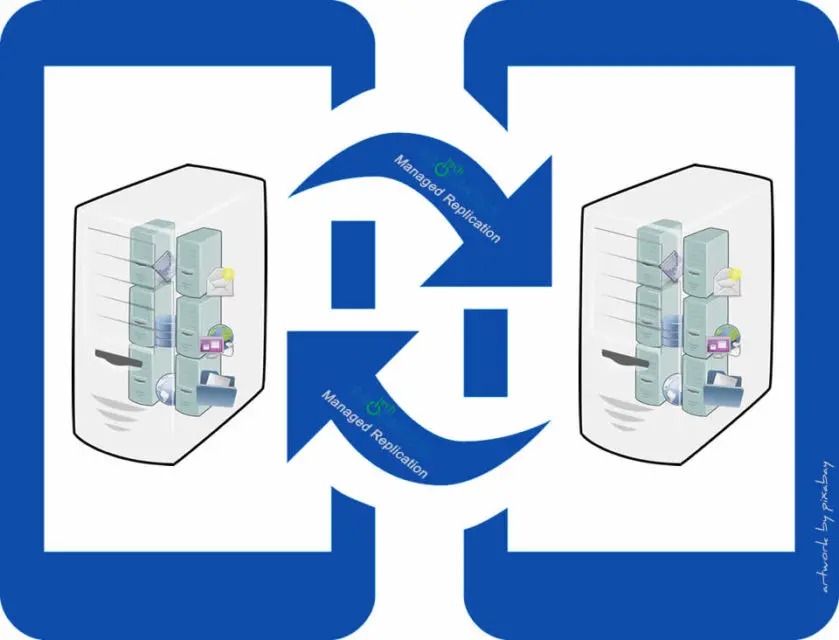In the digital age, where businesses operate at the speed of light, the resilience of your infrastructure determines your survival. Amidst this backdrop, enterprise operating systems (EOS) have emerged not just as the backbone of IT infrastructure but as a critical ally in business continuity planning (BCP). But how exactly do these complex software ecosystems support and enhance BCP? Let’s unravel this synergy, exploring the multifaceted role of EOS in safeguarding businesses against disruptions and ensuring they thrive, no matter what challenges they face.
The Unsung Heroes of Resilience: Understanding Enterprise Operating Systems
Before we delve into the nuances of their contribution to BCP, let’s clarify what we mean by enterprise operating systems. EOS are robust, scalable, and highly secure software platforms designed to support the complex operations of large organizations. They are the invisible force ensuring that databases run smoothly, applications are available, and communication channels remain open and secure. In essence, they are the digital pulse of modern enterprises.
The Critical Role of EOS in Business Continuity Planning
1. Ensuring Data Integrity and Availability
At the heart of any BCP is data: protecting it, backing it up, and ensuring it’s accessible during and after a disaster. EOS play a pivotal role here, offering features like real-time data replication, automated backups, and failover capabilities to minimize downtime. These systems ensure that, come hell or high water, the digital essence of a business remains unscathed and readily accessible.
2. Automating Disaster Recovery Processes
The beauty of enterprise operating systems lies in their ability to automate complex processes. In the context of BCP, this means automating disaster recovery (DR) procedures to ensure a swift return to normalcy post-disruption. EOS can be configured to trigger specific DR actions when they detect anomalies indicative of a system failure or breach, significantly reducing the recovery time objective (RTO) and minimizing operational impact.
3. Facilitating Remote Work and Mobility
The COVID-19 pandemic underscored the importance of remote work capabilities in business continuity. EOS are at the forefront of enabling secure remote access to company resources, ensuring that employees can continue their tasks from anywhere, anytime. This flexibility is crucial not only during global pandemics but also in situations where physical access to office premises is compromised.
4. Providing Scalable Solutions to Handle Increased Loads
Flexibility in scaling operations is another aspect where EOS shine. Whether it’s scaling up to handle increased online traffic during peak times or scaling down to conserve resources when necessary, these systems ensure that businesses can adjust their operations dynamically in response to internal and external pressures, a key tenet of effective BCP.
5. Ensuring Compliance and Security
In an era where regulatory compliance and cybersecurity are paramount, EOS help businesses stay on the right side of the law and protect their digital assets from threats. With built-in security features such as encryption, intrusion detection systems, and comprehensive audit trails, these operating systems create a fortified environment conducive to business continuity.
Best Practices for Leveraging EOS in Your BCP
To fully harness the power of your enterprise operating system in business continuity planning, consider the following best practices:
- Conduct Regular System Audits: Regularly review and test your EOS to ensure it’s optimized for your current BCP needs.
- Invest in Training: Ensure your IT staff are well-versed in the disaster recovery and business continuity features of your EOS.
- Stay Updated: Keep your system up to date with the latest security patches and feature updates to protect against new vulnerabilities and enhance its resilience capabilities.
- Collaborate with Vendors: Work closely with your EOS vendor for insights into leveraging advanced features and best practices specific to your business needs.
Conclusion: The Path to Unbreakable Resilience
In the journey towards building a resilient business, enterprise operating systems are more than just a piece of the puzzle—they’re the cornerstones of continuity and recovery. By leveraging the advanced capabilities of EOS, businesses can ensure they not only survive disruptions but emerge stronger and more agile. In the end, the question isn’t whether your business will face challenges—it’s whether you’ll be prepared. And with a robust EOS powering your business continuity plan, you’re already several steps ahead.
FAQs
Q: Can small businesses benefit from enterprise operating systems for BCP? A: Absolutely! While EOS are designed for large organizations, small businesses can leverage scaled versions or specific features relevant to their BCP needs.
Q: How often should we update our business continuity plan? A: It’s recommended to review and update your BCP at least annually or whenever there are significant changes to your business operations, IT infrastructure, or risk profile.
Q: Are cloud-based EOS more effective for business continuity planning? A: Cloud-based EOS offer advantages in terms of scalability, flexibility, and remote access, which can be highly beneficial for BCP. However, the effectiveness depends on your specific business needs and continuity strategies.
Incorporating EOS into your business continuity planning isn’t just a strategic move—it’s a commitment to resilience, ensuring that your business stands tall in the face of adversity. Remember, in the digital age, preparation is power.

